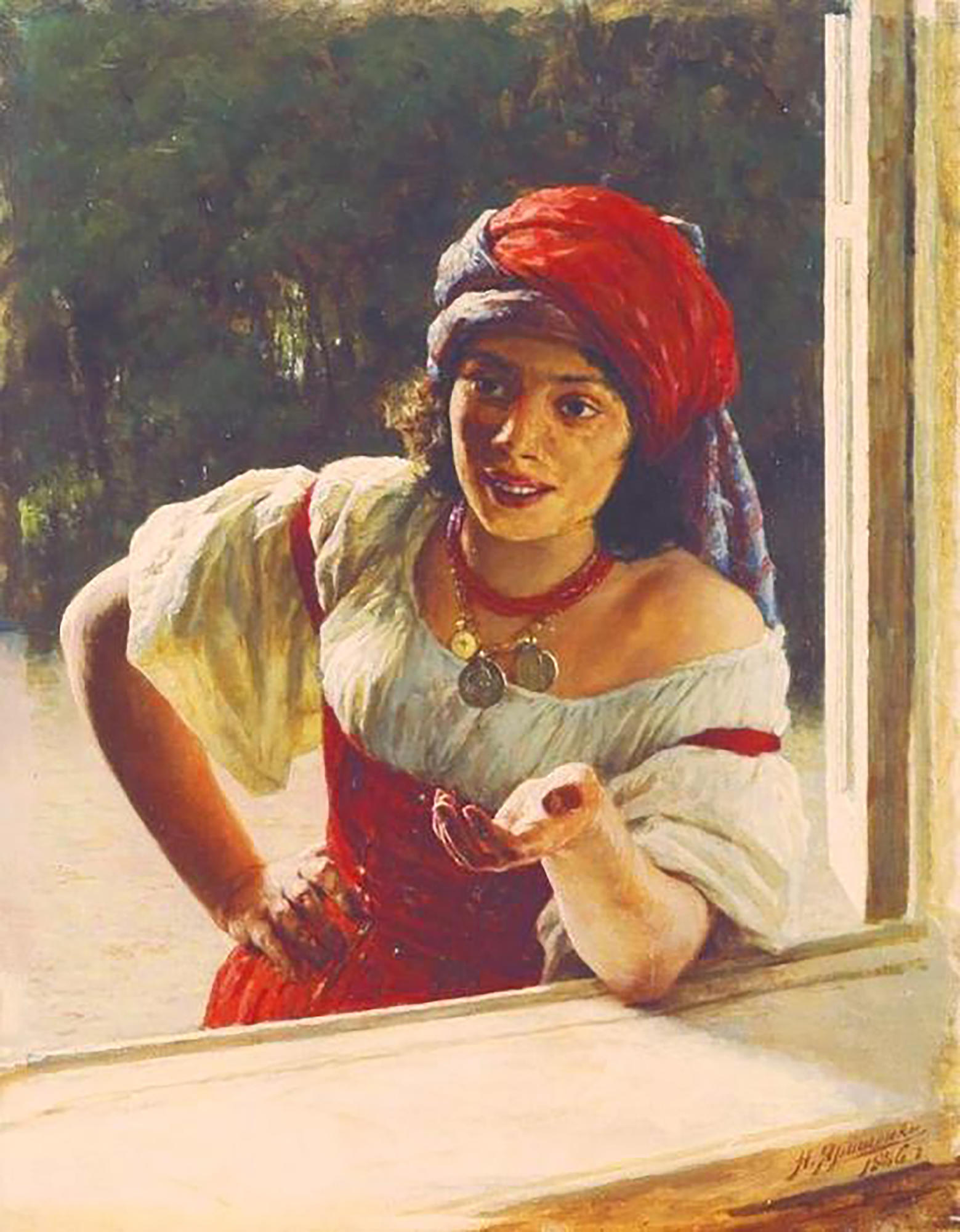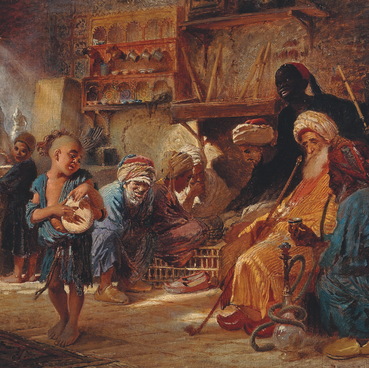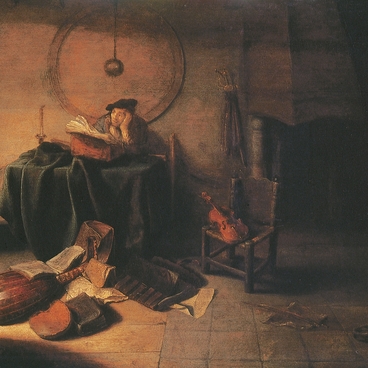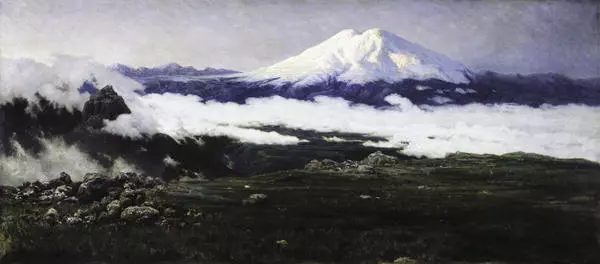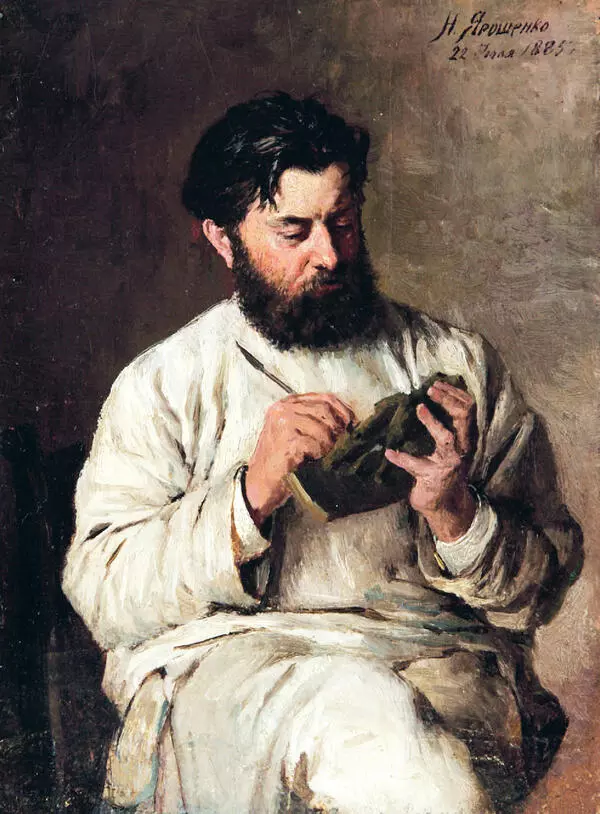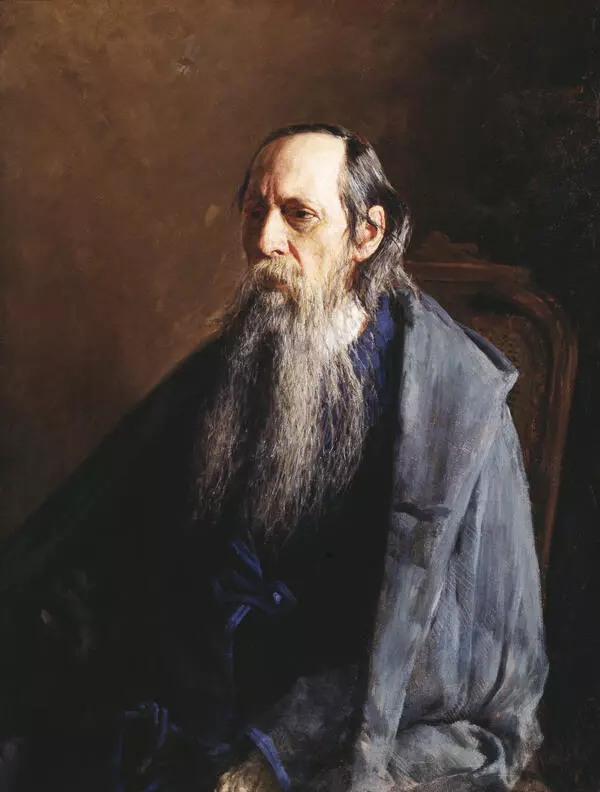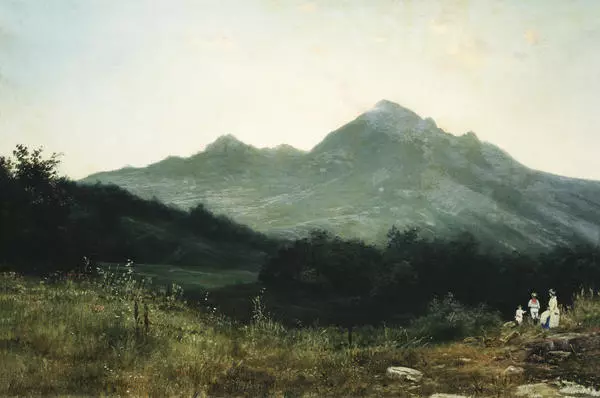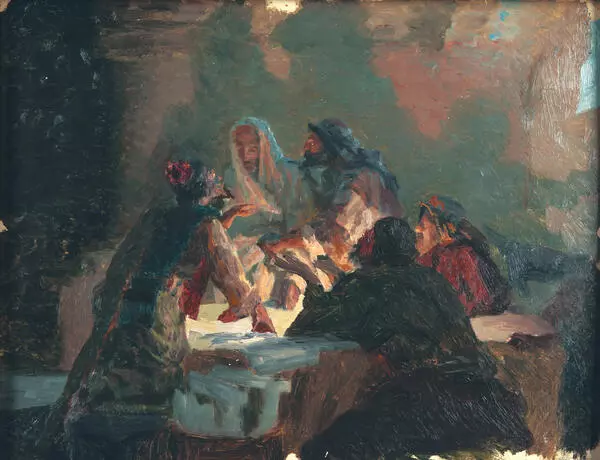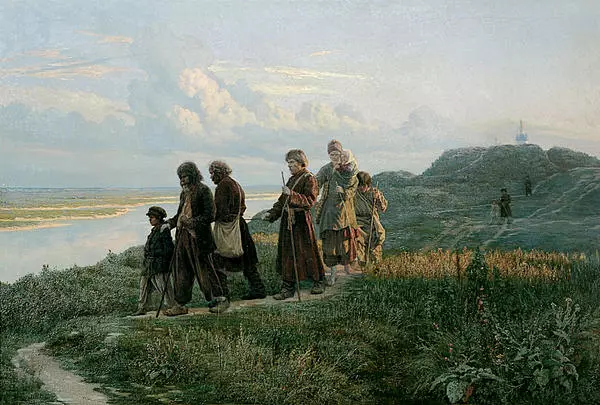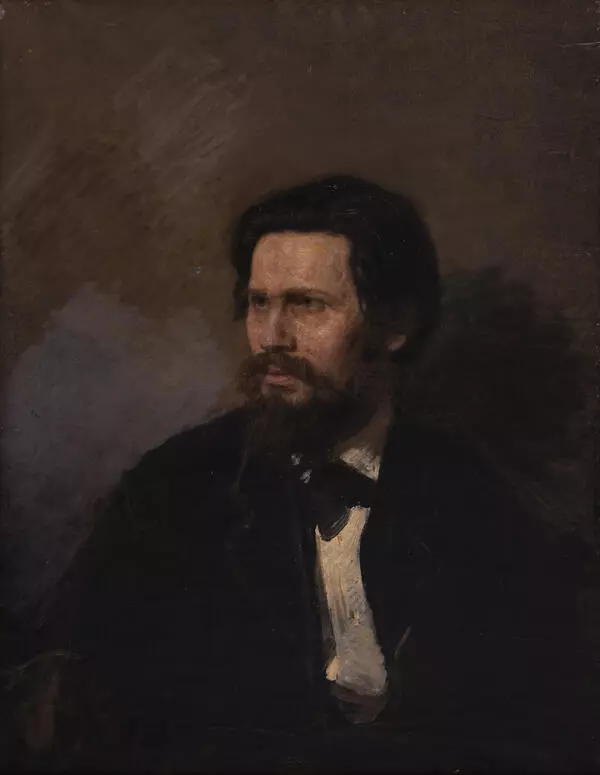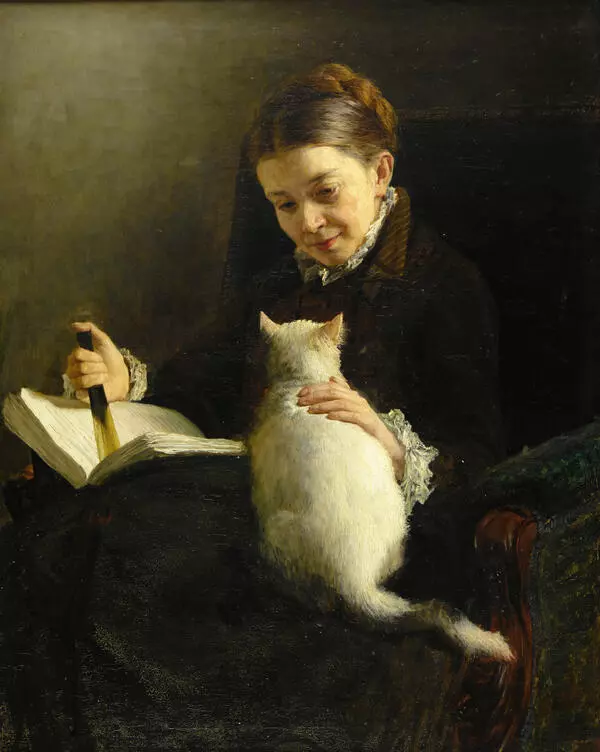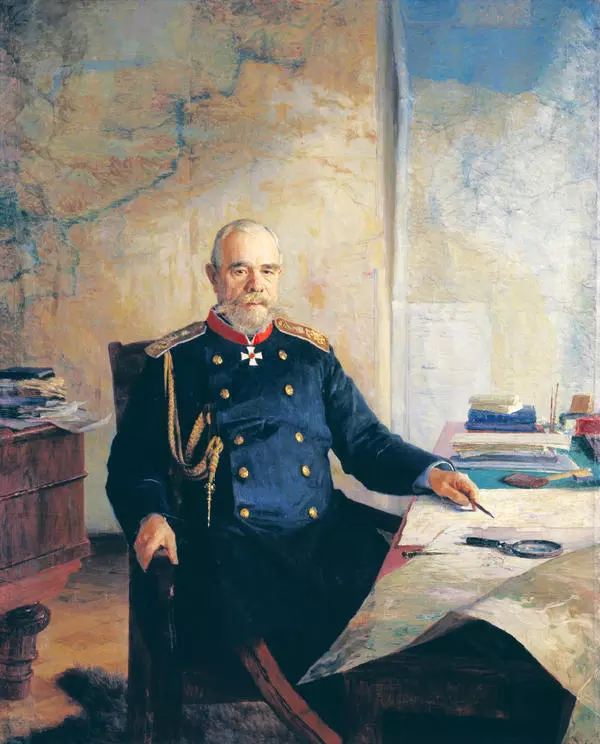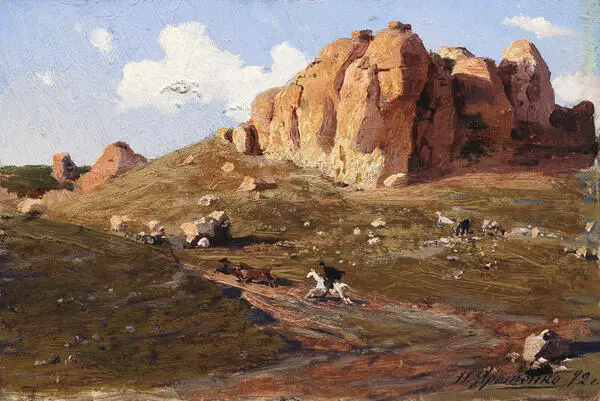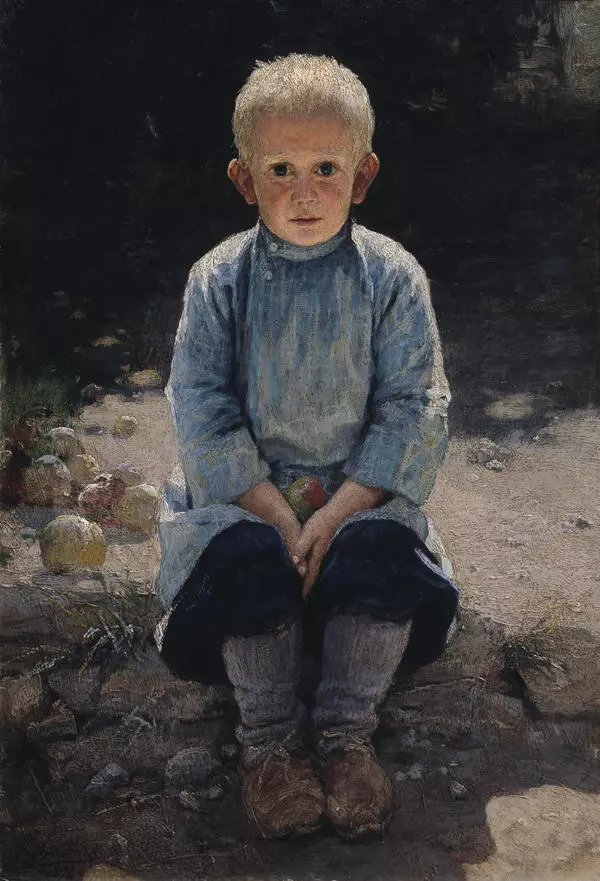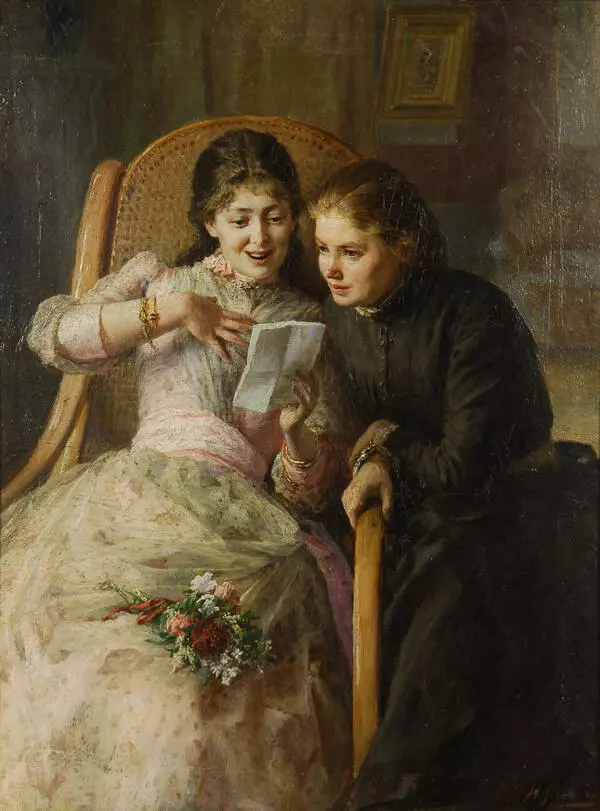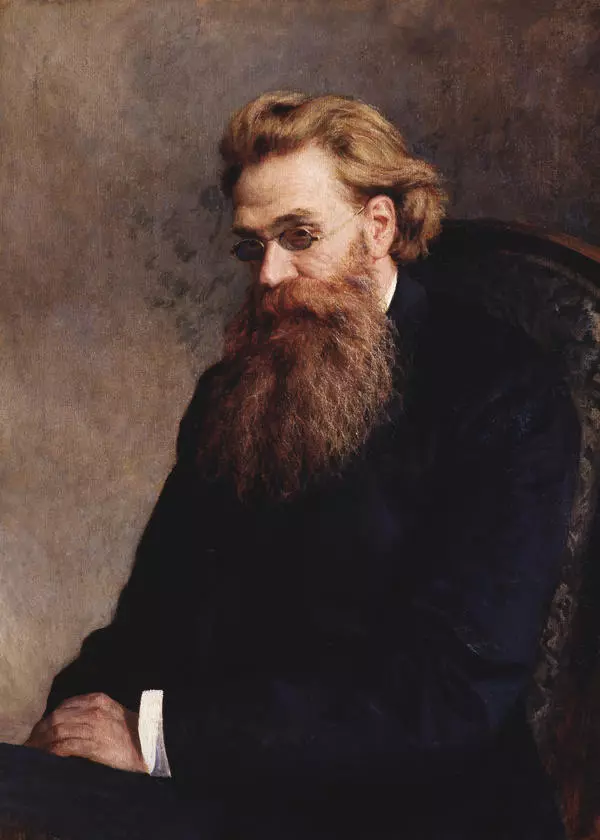Nikolay Yaroshenko was born in 1846 in Poltava, in a family with a long line of military service. Since his young years he had been concurrently mastering two professions - military science, at his father’s will, and painting, by his own desire. His first profession took him through the Petrovsky Poltava Cadet Corps, then the Pavlovian Infantry School and the Mikhailovsky Artillery Academy.
Yaroshenko studied fine arts at the Academy of Arts, where he took private lessons from genre painter Adrian Volkov, and he also attended evening classes at the Drawing School of the Society for Encouragement of Artists, where Ivan Kramskoy, an outstanding Russian painter and art critic, taught.
From his graduation in 1869 from the Artillery Academy to his retirement in 1892, Nikolai Yaroshenko served at the Ammunition Plant in St. Petersburg, devoting his spare time to creative work.
General public first learned about artist Yaroshenko in 1875 at the 4th Itinerant Art Exhibition. A year later he became a member of the Association of Itinerants, and a few years later he joined of the Association Board, where he actively worked together with his former art teacher, Ivan Kramskoy. While Kramskoy was called the “mind of the Itinerant community”, Yaroshenko turned out to be no less than the “conscience” of this association.
Nikolay Yaroshenko’s remarkable contribution to Russian art was a series of paintings dedicated to the forward-looking Russian youth, revolutionary students from different social classes. Among his best achievements, perhaps, were unique historical images and portraits of representatives of the Russian artistic intelligentsia of the second half of the 19th century. By capturing characteristic features of one particular person, he managed to show the typical qualities of his contemporaries, to convey the model’s essence, both moral and social. According to the artist’s wife, ‘He couldn’t paint persons who were lacking in spiritual interest’.
This painting is quite typical of the artist’s creative career. The single-figure study may well be placed on a par with such famous works by Yaroshenko as the Coal Heaver of 1878 or the Student of 1881, which are held at the State Tretyakov Gallery in Moscow. It is hardly second to the Girl Student of 1880, which is displayed at the Kaluga Museum of Fine Arts.
The canvas portrays a gypsy woman, active and assertive. She reaches the viewer thanks to complicated contrasts of light: the sun-lit dark wall of trees sets off the woman’s wild, impenetrable, but vivid and vibrant face. The painter achieves great expressiveness by using sharp, temperamental strokes and rapid variations in the composition framing. The window aperture serves as a frame through which the woman effortlessly invades not only the painting’s captured environment, but, seemingly, our own three-dimensional space, too.
Yaroshenko studied fine arts at the Academy of Arts, where he took private lessons from genre painter Adrian Volkov, and he also attended evening classes at the Drawing School of the Society for Encouragement of Artists, where Ivan Kramskoy, an outstanding Russian painter and art critic, taught.
From his graduation in 1869 from the Artillery Academy to his retirement in 1892, Nikolai Yaroshenko served at the Ammunition Plant in St. Petersburg, devoting his spare time to creative work.
General public first learned about artist Yaroshenko in 1875 at the 4th Itinerant Art Exhibition. A year later he became a member of the Association of Itinerants, and a few years later he joined of the Association Board, where he actively worked together with his former art teacher, Ivan Kramskoy. While Kramskoy was called the “mind of the Itinerant community”, Yaroshenko turned out to be no less than the “conscience” of this association.
Nikolay Yaroshenko’s remarkable contribution to Russian art was a series of paintings dedicated to the forward-looking Russian youth, revolutionary students from different social classes. Among his best achievements, perhaps, were unique historical images and portraits of representatives of the Russian artistic intelligentsia of the second half of the 19th century. By capturing characteristic features of one particular person, he managed to show the typical qualities of his contemporaries, to convey the model’s essence, both moral and social. According to the artist’s wife, ‘He couldn’t paint persons who were lacking in spiritual interest’.
This painting is quite typical of the artist’s creative career. The single-figure study may well be placed on a par with such famous works by Yaroshenko as the Coal Heaver of 1878 or the Student of 1881, which are held at the State Tretyakov Gallery in Moscow. It is hardly second to the Girl Student of 1880, which is displayed at the Kaluga Museum of Fine Arts.
The canvas portrays a gypsy woman, active and assertive. She reaches the viewer thanks to complicated contrasts of light: the sun-lit dark wall of trees sets off the woman’s wild, impenetrable, but vivid and vibrant face. The painter achieves great expressiveness by using sharp, temperamental strokes and rapid variations in the composition framing. The window aperture serves as a frame through which the woman effortlessly invades not only the painting’s captured environment, but, seemingly, our own three-dimensional space, too.
